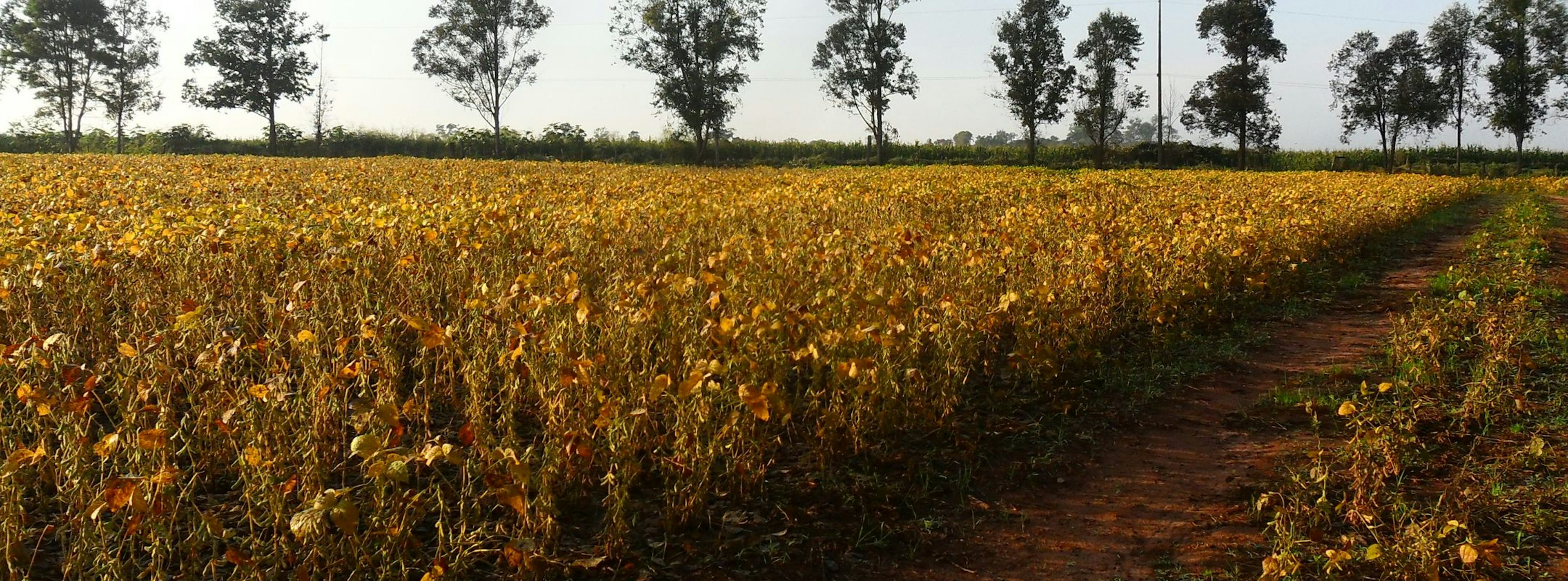Soy deforestation risk in Paraguay continues despite decline
20 Jun 2021
8 min read
Also in:
EspañolCountries importing soy produced in Paraguay’s Atlantic Forest biome are still exposed to illegal deforestation risk, despite a large fall in the rate of deforestation.

Soy field in Paraguay // Jesibel Fernandez, iStock.com